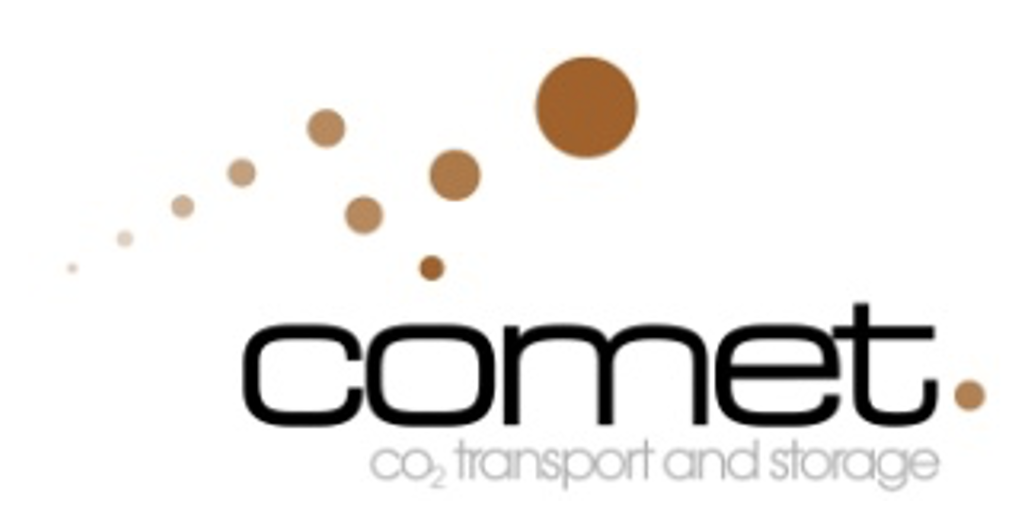
COMET - Integrated infrastructure for CO2 transport and storage in the west Mediterranean (FP7) - [2010-2012]

Carbon dioxide Capture, Transport and Storage (CCS) is an important component of a portfolio of low-carbon technologies, as it is able to reduce carbon dioxide (CO2) emissions substantially from both the energy sector and industry. The EU FP7 COMET (2010-2012) project paved the road towards CCS development in the West Mediterranean Region (WMR) – Portugal, Spain and Morocco – researching, developing and applying an integrated methodology.
The COMET methodology integrates the special development aspects of infrastructure to transport the captured CO2 from its sources to the appropriate CO2 storage sites, as well as their time development and costs in a technical economic energy-transport model.
The methodology explored how, how much, where and when CO2 will be captured, and where can it be adequately, safely and securely stored in a considered area. This was achieved by integrating the evolution of the energy system and industry sectors (therefore of the emissions of CO2) and the storage potential. Combining this information into a geographical system allowed studying the development of the CO2 transport infrastructure over time. In this frame the methodology assessed the impact of different development assumptions: with or without transnationally infrastructure, with high or low economic development, with more or less stringent mitigation commitments, allowing free pipeline pathways or constraining them, etc.
In the study area, CCS may contribute to reduce the CO2 emissions to 180-390 Mt (reduction of 21% - 63% in 2050 compared to 2005). For CCS to play this role, around 100 Mt of CO2 has to be avoided by CCS in 2050. Only in scenarios of low economic growth would storage of 50 Mt CO2 be sufficient. Although in 2050, this amount is similar in both the low and high mitigation scenarios; in 2030 it is clearly different: 74 Mt is avoided by CCS in the high mitigation scenario versus 44 Mt in the low mitigation scenarios.
The detailed descriptions which resulted from the modeling work show among others when, where, and how much CO2 is captured, transported and stored in the different scenarios (among others in tables, figures and GIS maps). These also include information on associated costs and investments and are meant to give an elaborate impression of possible trajectories of a CCS infrastructure over time. The overview of drivers, synergies and barriers, provided an inventory from the international literature, supplemented by information found at the national level. Based on this inventory, actions were identified to overcome the barriers and enhance synergies.
The basis is laid for identifying and assessing promising CO2 transport networks in the West Mediterranean region. Many lessons have been drawn which are related to physical aspects of the network, as well as issues which are encountered during the implementation process. The models and tools developed and data collected within COMET, provide opportunities to further refine these lessons. COMET was the first large-scale integrated study of the costs, barriers and challenges for the deployment of a large CO2 transport and storage infrastructure in the WMR. Moreover, the results of the project, namely its technical and economic cost analysis, provide a framework for similar studies across Europe and other parts of the world.
Full project here.


